Living Beings or Living Organisms:
Living organisms are those which possess the characteristic of life and are essentially made up of a life-giving substance called Protoplasm which forms cells and tissues of one kind or the other. Example- plants and animals are living beings.
Important characteristics of Living Organisms:
- Metabolism: Living things have the ability to acquire and use energy through a process called metabolism. Living systems obtain energy for metabolism either by turning the sun’s energy into stored food energy or by taking in food energy from other life forms. For example- green plants manufacture their own food by photosynthesis. Animals obtain energy by eating other forms of life. Living systems release energy during metabolism by burning food. They also get rid of excess heat and waste gases produced when the food is used in this way. Living systems regulate the use of energy released during metabolism. The energy is used for life functions such as growth, reproduction and movement. Metabolism which makes food into a part of the organism is constructive metabolism or anabolism; that action by which food or body constituents are broken down with the release of energy is destructive metabolism or catabolism.
- Cellular Organisation: All the living organism are made up of a life-giving substance called Protoplasm and are made up of cells and tissues of one kind or the other and are highly organized.
- Shape and Size: The living organisms of one type have definite shape and size.
- Growth: All the living organism grow and develop by changing food into living cells and tissues. Growth in plants and animals involves an increase in volume through the formation of new protoplasm with or without the division of their structural units called cells. Cells grow by the addition of new protoplasm within the cells. This process of growth in living things is called growth by intussusception. Non-living things which increase in size do so by the addition of material from without. This is called growth by accretion.
- Reproduction: All living things reproduce members of their own kind. Since living things eventually die, reproduction ensures the survival of the group. Living organisms come from pre-existing living organisms, and this is the principle of biogenesis.
- Responsiveness or Excitability or Irritability: Living organisms respond to stimuli in their environment. This property of organisms to respond to stimuli or changes in the surroundings or environment is known as irritability and is usually associated with movement. For example- a green plant bends towards the light, an amoeba moves towards food, insects fly towards a light source, a rabbit runs away from sudden loud noise etc.
- Locomotion or Movement: Living organisms bodily move from one place to the other due to contraction of protoplasm. Plants show movements in the form of bending of their parts called curvature movements. The reaction of touch-me-not plant, Mimosa pudica, is another example of fairly rapid plant movement in response to a stimulus of touch.
- Evolution: Living organisms change in the characteristics that specify their forms and functions. They undergo changes in their genetic material and these changes are passed on to the offspring and to the next generation. The property of evolution is a function of the population of organisms and not of the individual organism.
- Respiration: All the living organisms show an exchange of gases (oxygen and carbon dioxide) from the atmosphere, liberating energy by the process called respiration.
- Excretion: All the living organisms remove waste products from the body by the process called excretion.
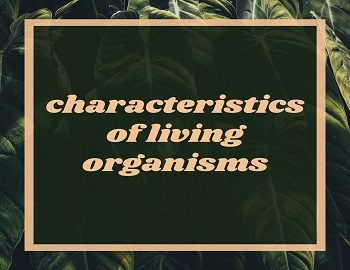
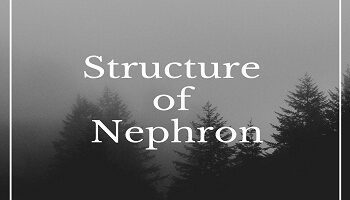


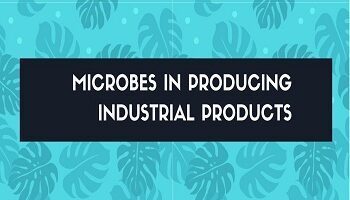
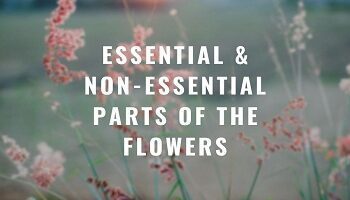
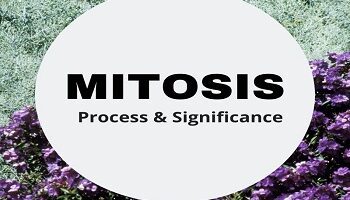
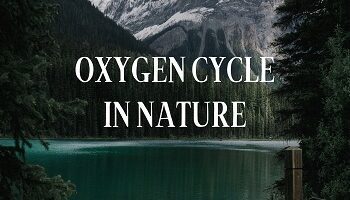

Comments (No)